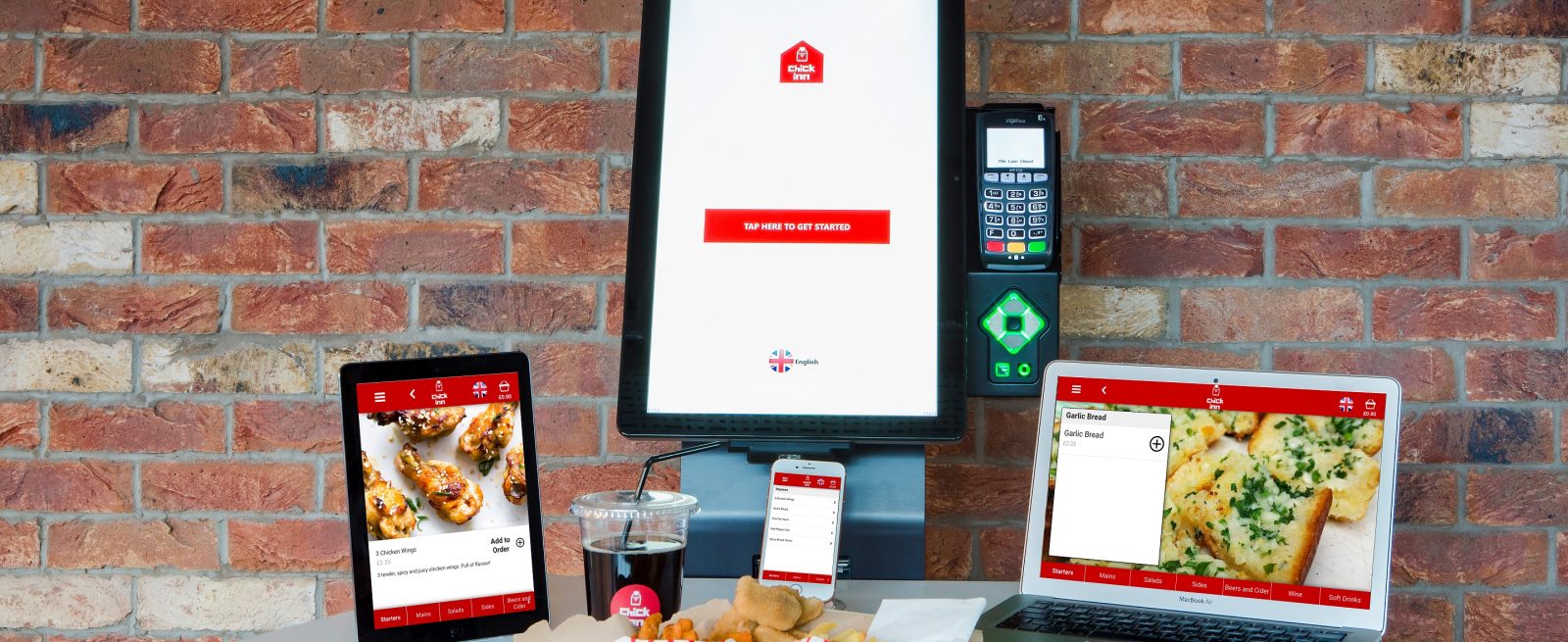Introducing the Mobile Kiosk
3 Min Read By Sif Rai
Making the transition to mobile self-service is a challenge for any restaurant. It’s clearly where the industry is headed, but the journey to get there successfully is less well-defined.
Thanks to developments in technology, the concept of a “mobile kiosk” – where customers use their phone to order and pay in-store but without using a traditional app – is becoming a reality.
So, what’s behind this?
Mobile Apps Aren’t for Everyone
Many restaurant brands have made the initial investment in some form of app, only to find out how hard it can be to get users on board. Indeed, a quarter of all apps get used once in the first six months of ownership and two thirds of apps fail to reach 1000 users in the first year.
Only a select few will make mobile ordering a success quickly. Major brands with high levels of repeat business are the most likely to succeed with a mobile ordering app. Starbucks built significant customer adoption of its app through a very successful loyalty and gift-card program, making it easier for the company to ‘switch on’ mobile ordering to an already engaged customer base. But not every loyalty program is as successful as the coffee giant’s, and most operators are unlikely to benefit quickly from developing their own ordering app.
Mobile ordering can also be a step too far for older consumers, who still prefer the direct connection – whether being in the familiar surroundings of a restaurant’s environment or the confidence that comes from dealing directly with serving staff.
A Stepping Stone
So restaurant brands clearly need to think carefully before betting everything on mobile – at least at first. The growing convergence of kiosk and mobile offers a different route to mobile ordering success.
Kiosks can provide an initial step for restaurant operators making the transition to offering digital self-services. Thanks to the success of self-service kiosks in places like airports, supermarkets and banking, the public is already very comfortable with using them for a wide range of transactions. And, key for operators, kiosks also provide a sure-fire method to drive higher average transaction values and enhance the customer experience, without having to face the user acquisition challenges posed by going down the mobile route.

Kiosks give operators the chance to start building a digital user journey. The user data collected by the kiosks helps them refine the guest experience and create journeys that are both optimised to delight the user and maximise transaction values. This knowledge also provides the basis for an effective mobile user journey.
In addition, restaurants who adopt kiosks first can also benefit by being able to understand potential operational challenges in a more controlled way. This can help them adapt to the in-store changes they need to make for kiosks, which also provides insight and learnings for when they implement mobile. And the development of a kiosk ordering user interface also provides operators with a template that can be used to create a mobile user journey.
But mobile ordering does not necessarily mean developing a traditional mobile app. …
Enter the Mobile Kiosk
The idea of a mobile kiosk is about giving guests the ability to access your kiosk platform from their mobile device when in your restaurant. Thanks to technology developments, there are now different options for making digital connections with customers, without requiring them to download yet another app to their phone’s valuable real estate.
Using QR codes or near field communications (NFC), customers can use their phones to check in to a restaurant they are visiting, which automatically opens a web page that presents them with the same intuitive user interface that they’ve become accustomed to using on your kiosks. Because this is all delivered on the web, there is nothing to download.
This creates a smoother, faster and more valuable mobile experience in-store. And it also maximises the use of development budgets – why develop kiosk and mobile ordering separately, when developing one can give you the other?
By essentially putting a kiosk in every customer’s pocket, brands will be able to ensure a consistent, seamless experience across channels and make considerable savings in terms of application development.


